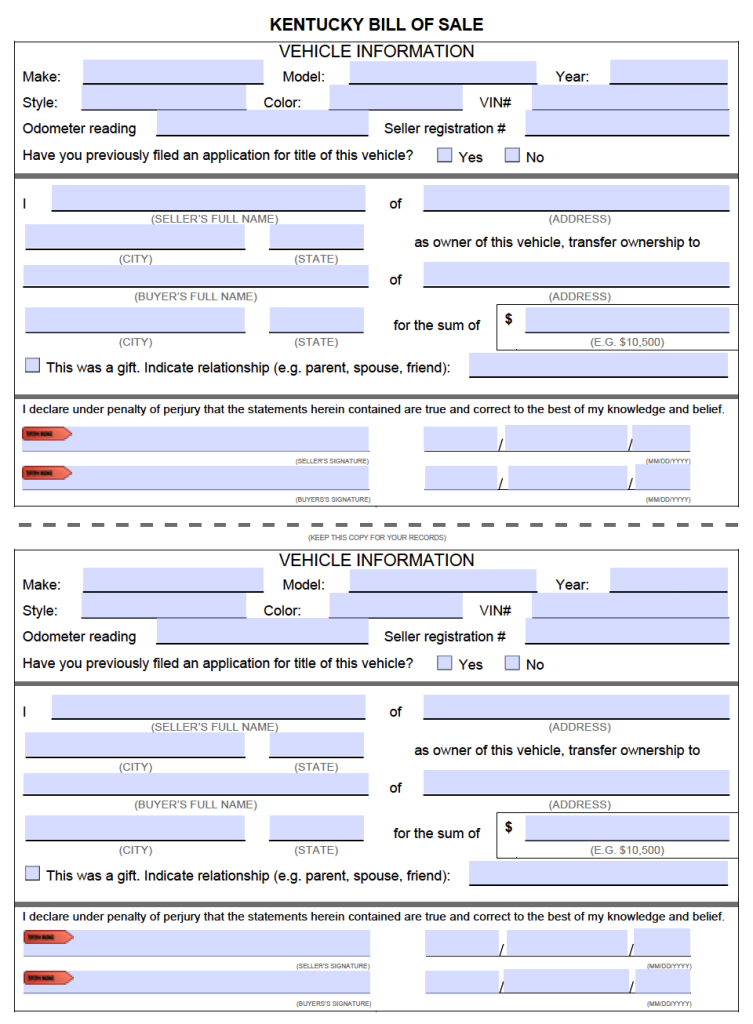How to Register a Vehicle
To legally operate your vehicle on public roadways, you must register the vehicle with the state. Proceed to your nearest county clerk’s office ready to submit:
- A bill of sale
- The title of the vehicle (if the title was issued prior to the month of February in the year 2000, then you must complete an Application for Kentucky Certificate of Title/Registration – Form TC 96-182; otherwise, you will fill out the assignment and transaction form located on the back of the title).
- Evidence that you have a current Kentucky auto insurance plan.
- SSN (Social Security Number)
- Come prepared with the necessary funds to appease any registration or tax fees



